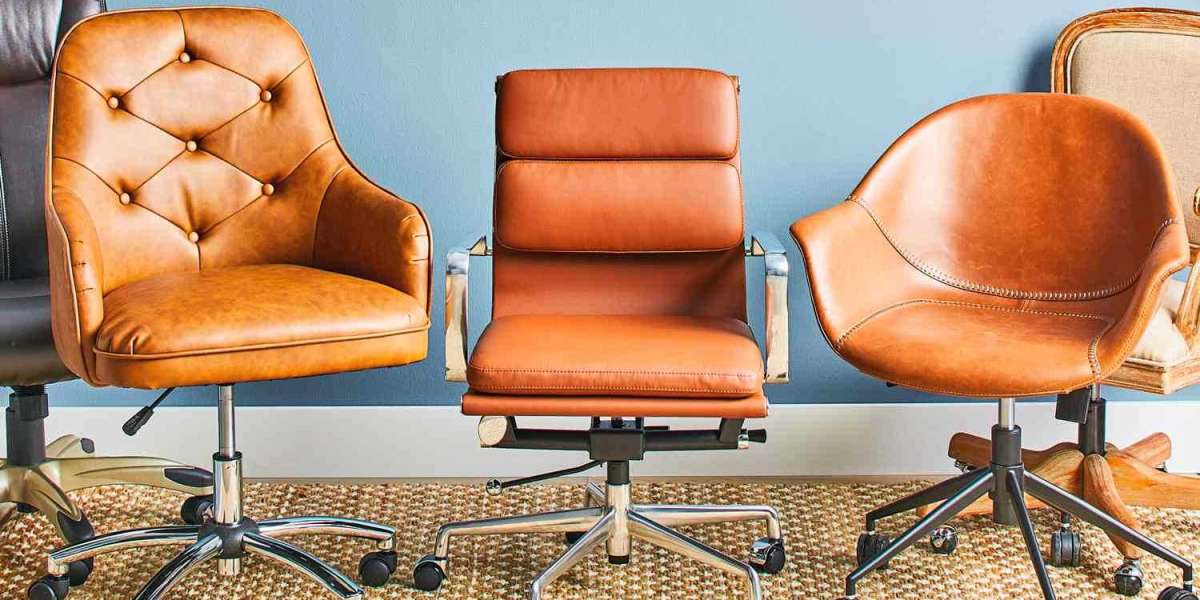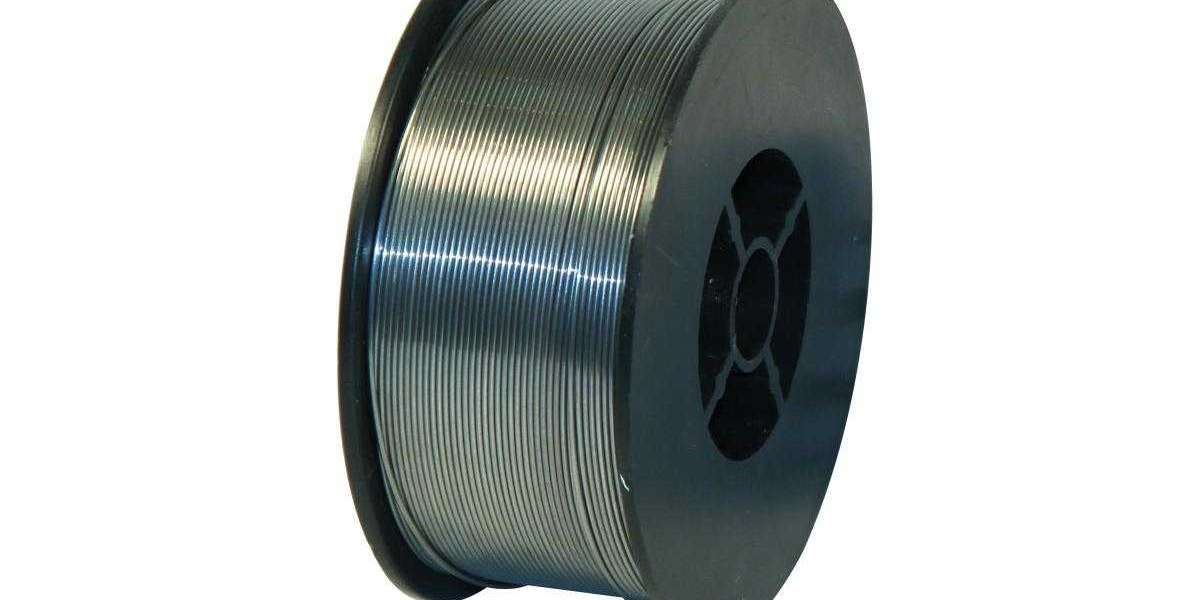Open-plan offices are designed to foster collaboration and flexibility, but they come with unique challenges in terms of furniture and layout. Choosing the right office furniture is crucial for creating a functional, productive, and comfortable environment. Here’s what you need to know when selecting furniture for open-plan offices:
1. Flexible Workstations
Importance: Flexibility is key in open-plan offices, where different teams and individuals may require varying work styles.
- Modular Desks: Opt for modular workstations that can be easily reconfigured as team sizes or project needs change.
- Adjustable Desks: Desks with height adjustment features allow employees to switch between sitting and standing, supporting ergonomic needs and diverse work styles.
Recommended Choices: Look into modular systems from brands like Herman Miller (Canvas Office Landscape) and Steelcase (Bossa).
2. Collaborative Furniture
Importance: Open-plan offices often emphasize collaboration, so incorporating furniture that supports teamwork is essential.
- Collaborative Tables: Use large, round, or oval tables that encourage group discussions and brainstorming sessions.
- Soft Seating: Include comfortable lounge chairs or sofas in common areas to facilitate informal meetings and casual interactions.
Recommended Choices: Consider collaborative furniture from brands like Haworth (Compose) and Knoll (Gropius Collection).
3. Privacy Solutions
Importance: Even in open-plan offices, employees need some degree of privacy to focus and reduce distractions.
- Partitions and Screens: Use low partitions or movable screens to create semi-private workspaces without completely blocking the open layout.
- Acoustic Panels: Install acoustic panels to reduce noise levels and improve concentration.
Recommended Choices: Look into partitions from brands like HON (Verse) and acoustic solutions from Autex (Acoustic Panels).
4. Ergonomic Seating
Importance: Ergonomic chairs are essential for maintaining comfort and productivity in open-plan environments.
- Adjustability: Choose chairs with adjustable features like seat height, lumbar support, and armrests to accommodate various body types and preferences.
- Durability: Opt for high-quality, durable chairs that can withstand frequent use in a shared environment.
Recommended Choices: Brands like Herman Miller (Aeron), Steelcase (Leap), and Humanscale (Freedom) offer top-rated ergonomic office chairs.
5. Storage Solutions
Importance: Efficient storage helps keep the workspace organized and clutter-free.
- Mobile Storage: Use mobile pedestals or rolling cabinets that can be easily moved to different areas as needed.
- Shared Storage: Implement shared filing cabinets or lockers for team use to maximize space efficiency.
Recommended Choices: Consider mobile storage from brands like Safco (Onyx) and shared storage solutions from HON (Masterfile).
6. Personalization Options
Importance: Allowing some degree of personalization helps employees feel more comfortable and engaged.
- Personal Storage: Provide lockers or small storage units where employees can keep personal items.
- Customizable Workstations: Allow for some degree of personalization within workstations, such as desk accessories or color choices.
Recommended Choices: Look into personal storage solutions from brands like Metro (Compact Shelving) and customizable workstations from IKEA (BEKANT).
7. Meeting and Break Areas
Importance: Designated areas for meetings and breaks help facilitate collaboration and provide space for relaxation.
- Meeting Pods: Include small, semi-enclosed pods or booths for private meetings or focused work.
- Break Rooms: Design comfortable and inviting break rooms with furniture that supports relaxation and informal interactions.
Recommended Choices: Consider meeting pods from brands like Framery (Framery One) and break room furniture from West Elm (Breakroom Seating).
8. Technology Integration
Importance: Integrating technology into office furniture enhances functionality and supports modern work practices.
- Power Solutions: Ensure desks and workstations have access to power outlets and charging stations for laptops, phones, and other devices.
- Cable Management: Incorporate cable management solutions to keep cords organized and reduce clutter.
Recommended Choices: Look into power solutions from brands like Ergotron (Workspace Solutions) and cable management from IKEA (SIGNUM).
9. Sustainability Considerations
Importance: Sustainable furniture choices reflect a commitment to environmental responsibility and can improve workplace morale.
- Eco-Friendly Materials: Choose furniture made from recycled or sustainable materials to reduce environmental impact.
- Durability and Longevity: Invest in high-quality, durable furniture that lasts longer and reduces the need for frequent replacements.
Recommended Choices: Consider sustainable furniture from brands like Herman Miller (Sayl Chair) and Knoll (Antimicrobial Fabrics).
10. Space Optimization
Importance: Efficient use of space is crucial in open-plan offices to ensure that every square foot is used effectively.
- Compact Furniture: Select compact and space-saving furniture solutions that maximize usable floor space.
- Multi-Functional Pieces: Use furniture that serves multiple purposes, such as desks with built-in storage or conference tables that double as workspaces.
Recommended Choices: Look into space optimization solutions from brands like HON (Flock) and Steelcase (Shared Spaces).
Conclusion
Selecting the right office furniture for open-plan offices involves balancing flexibility, collaboration, privacy, and comfort. By choosing modular workstations, ergonomic seating, privacy solutions, and effective storage options, you can create a functional and productive workspace that supports diverse work styles and enhances employee satisfaction. Integrating technology, sustainability, and space optimization further contributes to a well-designed open-plan office that meets both practical and aesthetic needs.








